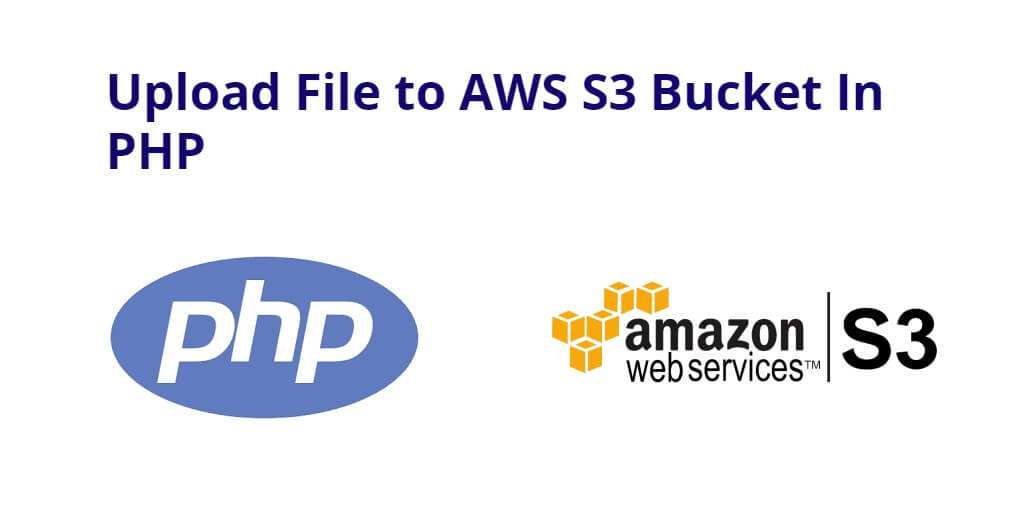Aws provides PHP SDK for file upload which helps developers to build file upload functionality in PHP for users to upload files to S3 buckets.
In this tutorial, you will learn how to upload file/image aws s3 bucket in PHP using aws-s3 PHP SDK.
How to Upload Files to Amazon AWS s3 Bucket using PHP?
Here are steps:
Step 1 – Create AWS S3 Bucket Account
First of all, you need to create aws s3 bucket account by following the below given steps:
Setup amazon aws s3 bucket account; so you need to create account on amazon s3 to store our images/files. First, you need to sign up for Amazon.
You should follow this link to signup. After successfully signing you can create your bucket. You can see the below image for better understanding.
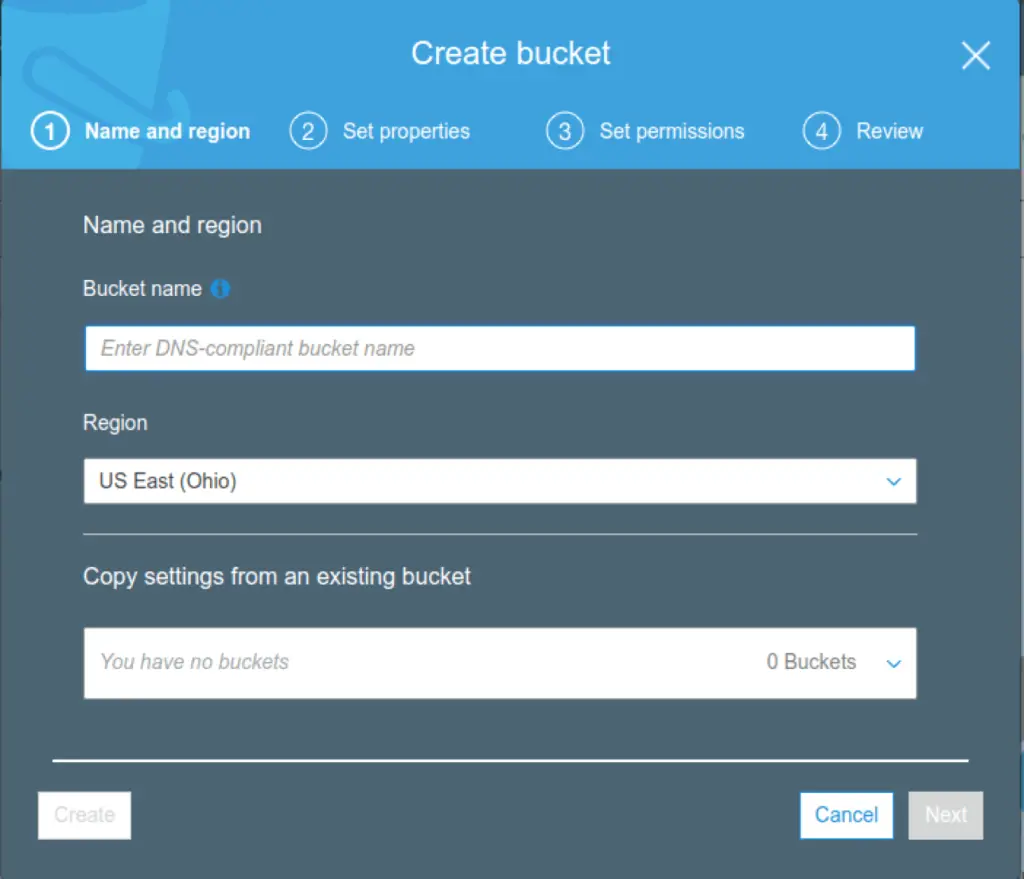
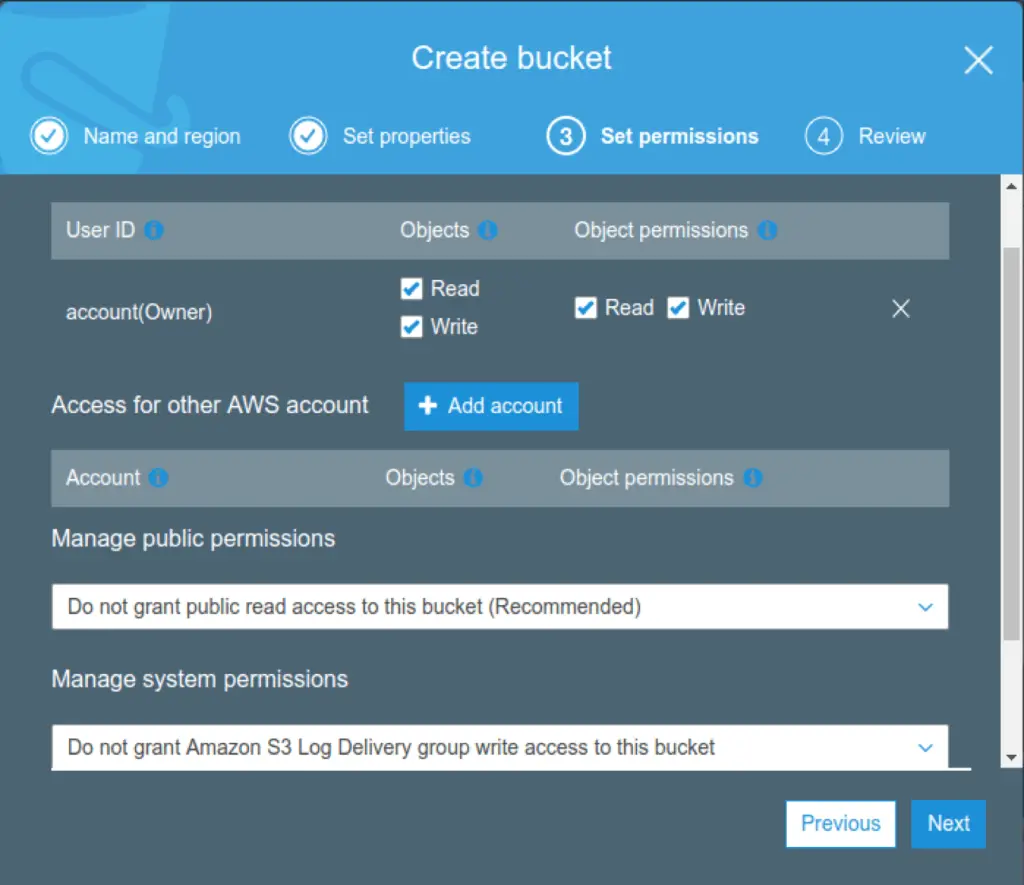
Now You need to create a bucket policy, so you need to go to this link. And the page looks like this.
You can see the page looks like this.
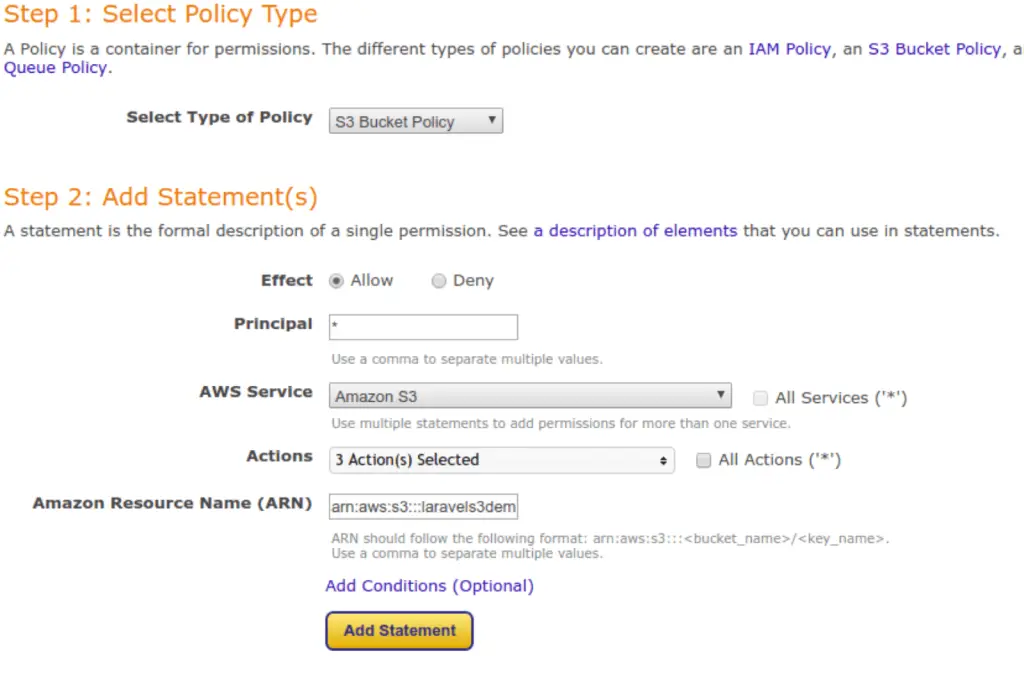
You have created a bucket policy, Then copy-paste into a bucket policy. You can see the below image.
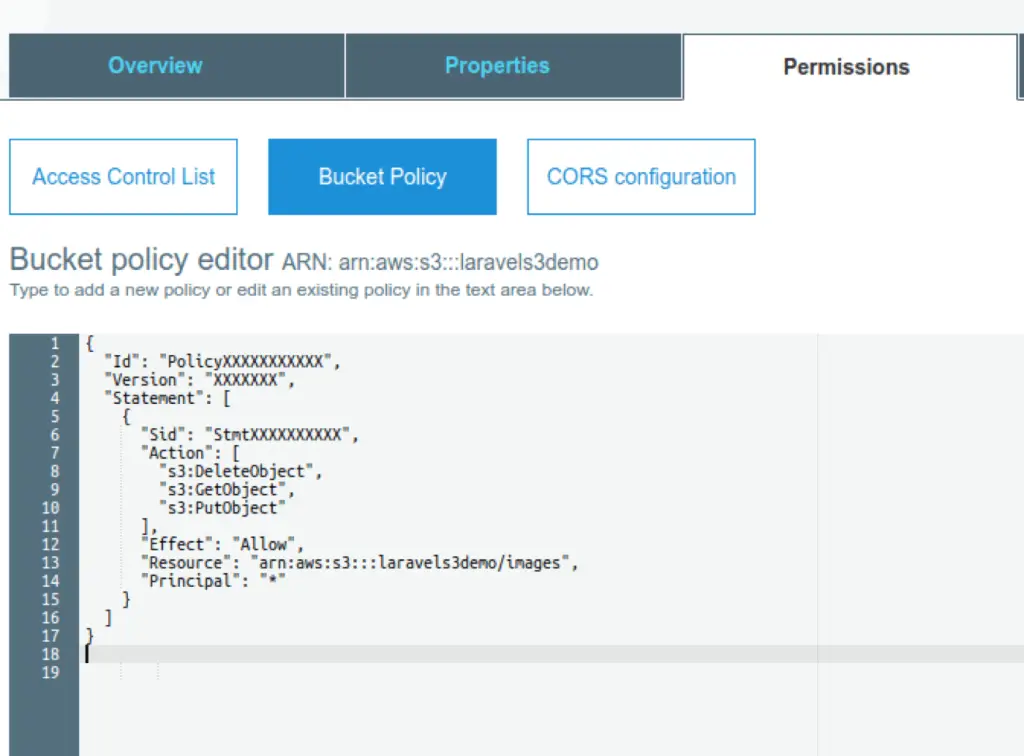
Now you will go here to get our Access Key Id and Secret Access Key.
Step 2 – Create PHP App
Visit your server directory; if you use xampp; So visit xampp/htdocs directory. And create a new directory which name file-upload-app.
Step 3 – Install AWS S3 PHP SDK
Execute the following command on the terminal to install aws s3 PHP SDK:
composer require aws/aws-sdk-php
Step 4 – Create File Upload Form
Create file/image upload HTML form; so visit your app root directory and create index.php file and add the following code into it:
<!DOCTYPE html>
<html lang="en">
<head>
<meta charset="UTF-8">
<title>PHP File Upload Example - Tutsmake.com</title>
</head>
<body>
<form action="upload-to-s3.php" method="post" enctype="multipart/form-data">
<h2>PHP Upload File</h2>
<label for="file_name">Filename:</label>
<input type="file" name="anyfile" id="anyfile">
<input type="submit" name="submit" value="Upload">
<p><strong>Note:</strong> Only .jpg, .jpeg, .gif, .png formats allowed to a max size of 5 MB.</p>
</form>
</body>
</html>
Step 5 – Create upload-to-s3.php file
Create one file name upload-to-s3.php file and add the below code into your upload-to-s3.php .php file. The following PHP code uploads the files from the webserver with validation:
<?php
require 'vendor/autoload.php';
use Aws\S3\S3Client;
// Instantiate an Amazon S3 client.
$s3Client = new S3Client([
'version' => 'latest',
'region' => 'YOUR_AWS_REGION',
'credentials' => [
'key' => 'ACCESS_KEY_ID',
'secret' => 'SECRET_ACCESS_KEY'
]
]);
// Check if the form was submitted
if($_SERVER["REQUEST_METHOD"] == "POST"){
// Check if file was uploaded without errors
if(isset($_FILES["anyfile"]) && $_FILES["anyfile"]["error"] == 0){
$allowed = array("jpg" => "image/jpg", "jpeg" => "image/jpeg", "gif" => "image/gif", "png" => "image/png");
$filename = $_FILES["anyfile"]["name"];
$filetype = $_FILES["anyfile"]["type"];
$filesize = $_FILES["anyfile"]["size"];
// Validate file extension
$ext = pathinfo($filename, PATHINFO_EXTENSION);
if(!array_key_exists($ext, $allowed)) die("Error: Please select a valid file format.");
// Validate file size - 10MB maximum
$maxsize = 10 * 1024 * 1024;
if($filesize > $maxsize) die("Error: File size is larger than the allowed limit.");
// Validate type of the file
if(in_array($filetype, $allowed)){
// Check whether file exists before uploading it
if(file_exists("upload/" . $filename)){
echo $filename . " is already exists.";
} else{
if(move_uploaded_file($_FILES["anyfile"]["tmp_name"], "upload/" . $filename)){
$bucket = 'YOUR_BUCKET_NAME';
$file_Path = __DIR__ . '/upload/'. $filename;
$key = basename($file_Path);
try {
$result = $s3Client->putObject([
'Bucket' => $bucket,
'Key' => $key,
'Body' => fopen($file_Path, 'r'),
'ACL' => 'public-read', // make file 'public'
]);
echo "Image uploaded successfully. Image path is: ". $result->get('ObjectURL');
} catch (Aws\S3\Exception\S3Exception $e) {
echo "There was an error uploading the file.\n";
echo $e->getMessage();
}
echo "Your file was uploaded successfully.";
}else{
echo "File is not uploaded";
}
}
} else{
echo "Error: There was a problem uploading your file. Please try again.";
}
} else{
echo "Error: " . $_FILES["anyfile"]["error"];
}
}
?>
Note that:- Please add key, secret and bucket name in the above given code as shown below:
// Instantiate an Amazon S3 client.
$s3Client = new S3Client([
'version' => 'latest',
'region' => 'YOUR_AWS_REGION',
'credentials' => [
'key' => 'ACCESS_KEY_ID',
'secret' => 'SECRET_ACCESS_KEY'
]
]);
$bucket = 'YOUR_BUCKET_NAME';
Conclusion
PHP upload file to amazon aws s3 bucket; Through this tutorial, you have learned how to upload file aws s3 bucket in PHP using aws-s3 PHP SDK.
